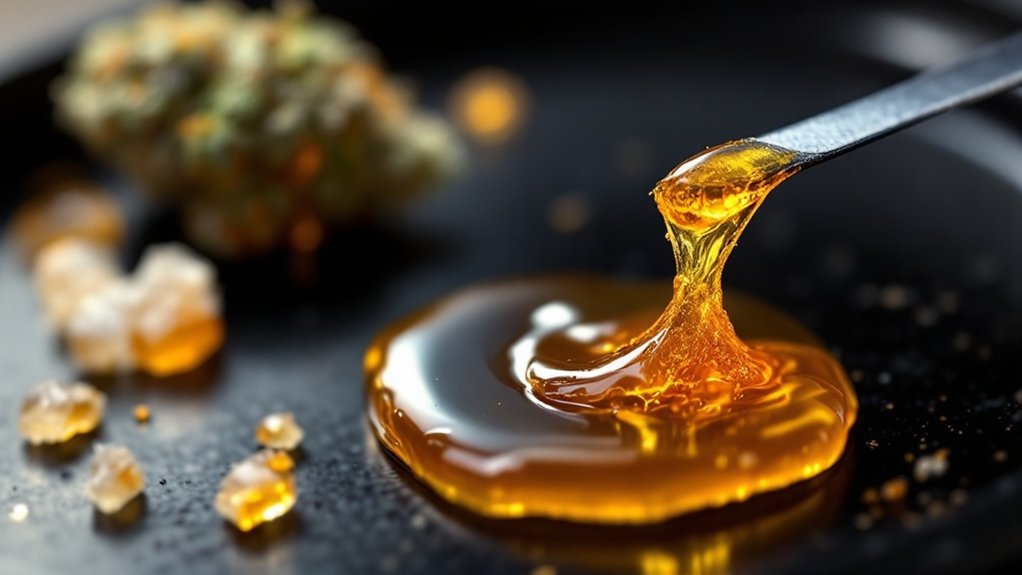Cannabis consumption creates unexpected bridges between strangers in coffee shops, college dorms, and music festivals across America. Social researchers document how sharing a joint breaks down traditional barriers faster than alcohol in many settings. The ritual transforms casual acquaintances into confidants within minutes. Users report deeper conversations and stronger community bonds forming around this shared experience. These connections extend far beyond the initial encounter, creating networks that reshape how modern Americans build relationships.
The Power of Peer Networks in Cannabis Culture

While social networks have long shaped human behavior, the influence of peer groups on cannabis use operates with remarkable precision and predictability. Research reveals that peer cannabis use stands as the strongest predictor of individual use among adolescents and young adults. The numbers don’t lie, having just one cannabis user in a close friend network doubles the risk of adoption.
Network positioning matters considerably. Well-connected individuals face heightened exposure to cannabis-using peers, while those bridging multiple groups access varied subgroups with different use patterns.
College freshmen prove particularly susceptible during this changing period, where both initiation and escalation spike. Studies show that central social position within peer networks significantly increases the likelihood of cannabis adoption. Among college students, lifetime marijuana use increases dramatically from under half to over two-thirds during their first two years.
The phenomenon works through dual mechanisms: influence and selection. Students gravitate toward friends with similar cannabis habits while simultaneously adapting to match their chosen peer group’s behaviors.
Rituals and Shared Experiences That Build Bonds
Beyond the simple act of consumption lies a complex web of behaviors that transform cannabis use from an individual activity into a powerful social bonding mechanism.
The sacred “puff, puff, pass” rotation creates structured equality, ensuring everyone participants fairly. Joint rolling becomes a communal art form where skills transfer between generations of users.
These rituals establish safe emotional spaces. Approximately 50% of cannabis users report toking with friends or family, highlighting social transmission patterns. Shared accessories strengthens collective identity while unspoken codes prevent conflicts.
Cannabis ceremonies historically connect participants to spiritual traditions and philosophical discussions. Regular group sessions build predictable traditions that combat isolation. Cannabis acts as a social lubricant that reduces anxiety and facilitates deeper connections among participants.
Community-driven practices promote harm reduction through mindful consumption. These ritual practices serve as effective harm reduction techniques that prevent substance misuse within the group setting. Cannabis beverages are increasingly appearing at social gatherings as alternatives to alcohol, creating new forms of shared experiences. The result? Prosocial behaviors including increased empathy and humanitarian actions among participants.
These carefully constructed events unfold differently depending on where they take place.
Private spaces like homes and intimate gatherings create safety bubbles where friends feel more relaxed and willing to engage in meaningful conversations. Public environments, however, can tell a different story. Large festivals or unfamiliar crowds can increase anxiety, especially where legal uncertainties linger.
The magic happens in trusted company. Close friends encourage open dialogue, while strangers often produce social withdrawal. Small, controlled gatherings foster deeper connections that large events simply can’t match. Much like how phenotype expression in cannabis plants is influenced by environmental factors, social interactions around cannabis use are similarly shaped by setting.
Physical neighborhood conditions also play a surprising role. Areas with visible disorder correlate with increased cannabis use among young adults, creating informal social hubs. Research examining neighborhood features reveals that both physical indicators like broken windows and social factors such as adult supervision significantly influence substance use patterns in urban communities. The emerging cannabis sector presents unique opportunities for environmental advancements that could transform how these social spaces develop.
Age demographics matter too, 43% of 18-24-year-olds reported recreational usage in 2021, primarily in social contexts.
From Friend Groups to Subcultures: Cannabis Communities and Identity Formation
As cannabis moves from counterculture to mainstream culture, its role in shaping social identity has evolved into something far more nuanced than simple rebellion.
Cannabis communities now function as complex identity ecosystems where belonging transcends mere consumption. Friend networks with high usage rates create powerful social contexts that reinforce group norms and individual identity formation. THC lowers amygdala reactivity during social gatherings, creating environments where self-disclosure feels safer and more natural.
University environments also foster these dynamics. Students navigate cannabis-using and non-using identities with remarkable fluidity, often integrating consumption as symbolic lifestyle markers alongside fashion or music preferences. Research shows that users and non-users perceive minimal differences between their groups beyond actual cannabis consumption, suggesting that social boundaries are less rigid than traditionally assumed.
Group gatherings serve as bonding mechanisms that establish shared experiences central to subcultural belonging. Strong cannabis self-concept shows positive associations with social motives for use, indicating that identity formation becomes intertwined with recreational consumption patterns.
Digital spaces have expanded these communities beyond physical boundaries. Online forums and social media platforms allow cannabis subcultures to develop unique languages, consumption rituals, and solidarity networks that shape how emerging adults define themselves during critical identity formation periods.








